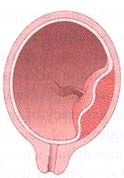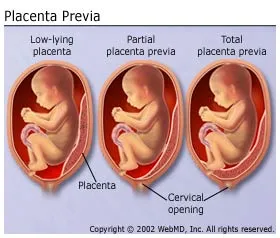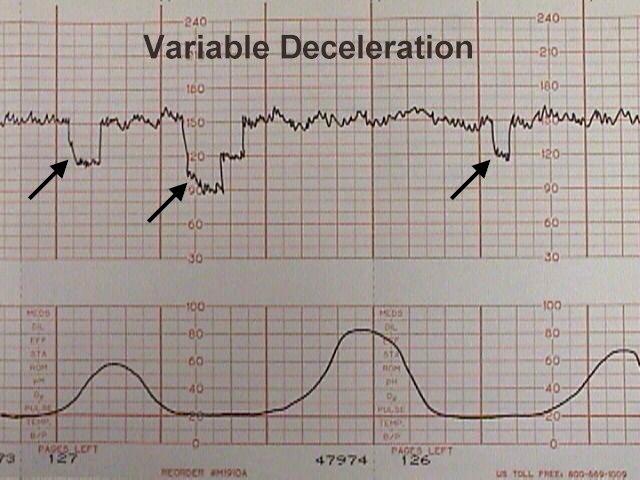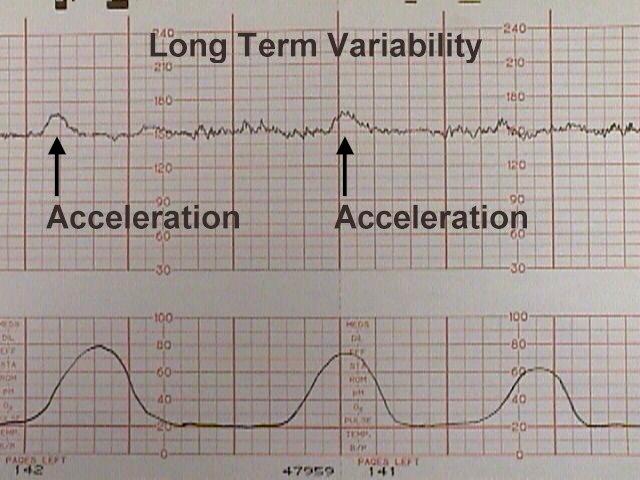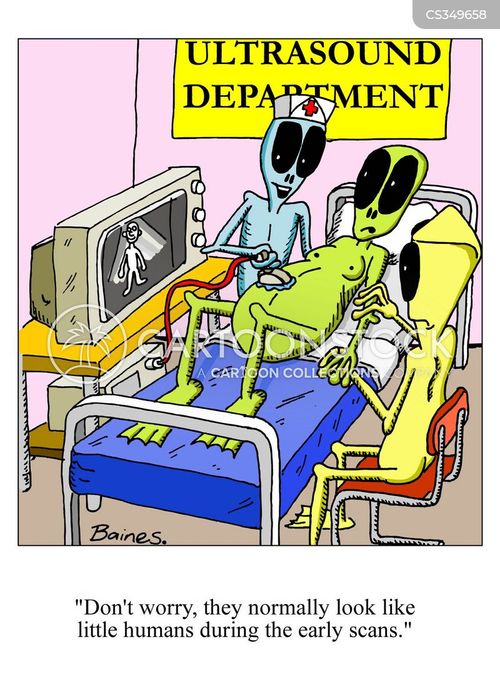Yes, this is what we were supposed to have a class about in school but our class was cancelled so we just had to do the readings for it. There are two sides to the vaccine debate and both have very valid points. But I just want to quickly clarify some things:
1) If your child is vaccinated, you do not need to worry about them being infected by unvaccinated kids. If your child had his/her vaccines, he/she theoretically can't catch the diseases he/she's been vaccinated against. So you don't have to worry. According to the CDC, your kid is fine.
2) People who choose not to vaccinate their child are not stupid or selfish. Most of them have educated themselves and are choosing this option because they believe it is the best option. They're not just "thinking of themselves" and ignoring everyone else around them. A lot of these parents are choosing not to vaccinate because they believe vaccines are harmful and so they believe that by not vaccinating their child, they are benefiting their child and society.
Ok, now that we've clarified that a vaccinated child shouldn't catch diseases from the unvaccinated child and that anti-vaxxers aren't selfish and stupid, let's continue...
The vaccine I'm going to write about tonight is the HPV vaccine. It has been hugely promoted recently by the CDC and vaccine companies yet there has been a LOT of controversy over it.
According to the CDC, the HPV vaccines, Gardasil and Cervarix, "Can prevent most cases of cervical cancer in females, if it is given before exposure to the virus. In addition, it can prevent vaginal and vulvar cancer in females, and genital warts and anal cancer in both males and females." (http://www.cdc.gov/vaccines/hcp/vis/vis-statements/hpv-gardasil.html) Sounds great, right?
When you look at the side effects that the CDC reports, They write:
"This HPV vaccine has been used in the U.S. and around the world for about six years and has been very safe.
However, any medicine could possibly cause a serious problem, such as a severe allergic reaction. The risk of any vaccine causing a serious injury, or death, is extremely small.
Life-threatening allergic reactions from vaccines are very rare. If they do occur, it would be within a few minutes to a few hours after the vaccination.
Several mild to moderate problems are known to occur with this HPV vaccine. These do not last long and go away on their own.
- Reactions in the arm where the shot was given:
- Pain (about 8 people in 10)
- Redness or swelling (about 1 person in 4)
- Fever:
- Mild (100° F) (about 1 person in 10)
- Moderate (102° F) (about 1 person in 65)
- Other problems:
- Headache (about 1 person in 3)
- Fainting: Brief fainting spells and related symptoms (such as jerking movements) can happen after any medical procedure, including vaccination. Sitting or lying down for about 15 minutes after a vaccination can help prevent fainting and injuries caused by falls. Tell your doctor if the patient feels dizzy or light-headed, or has vision changes or ringing in the ears.Like all vaccines, HPV vaccines will continue to be monitored for unusual or severe problems."
(http://www.cdc.gov/vaccines/hcp/vis/vis-statements/hpv-gardasil.html#risks)
It's been declared "very safe" worldwide? Then why has Japan banned it because it has hurt so many young girls in their country? Why has it happened that "France banned HPV vaccine ads due to the false claims. Japan has banned the use of the HPV vaccine, Spain has recalled it and Israel is now considering a ban. India banned the HPV vaccine clinical trials in their country." Isn't it a very safe vaccine?!
It's not.
The HPV vaccine is very dangerous with thousands of normal, healthy girls reporting damaging side effects including constant fatigue, constant pain, frequent seizures, paralysis, and more. These girls were perfectly healthy. Most of them had never had health problems! Then, within 1 month of receiving the Gardasil shots, they started experiencing health problem after health problem. And the health problems have not stopped. They now have chronic fatigue, pain, seizures, paralysis, headaches, etc. And the only thing that could have possibly caused these problems is the HPV vaccine.
I'm all for following the evidence and I'm not against vaccines. But I strongly oppose the HPV vaccine. It has ruined thousands of lives.
Here's some more information about HPV vaccine, compiled by: http://www.ashotoftruth.org/vaccines/hpv-vaccine
- HPV is not only a sexually transmitted disease. HPV can be transmitted in many different ways: From person to person, mother to child, autoinoculation, and indirect transmission.
- If you have HPV and then become vaccinated with the HPV vaccine, according to FDA documents your chances of cervical cancer increases by 44%.
- Pap smears, not the HPV vaccine, prevent cervical cancer. There is no scientific evidence the HPV vaccine prevents cervical cancer.
- Your chances of dying from cervical cancer are very low. The American Cancer Society's estimates 4,030 women will die from cervical cancer in 2013.
- Since August 2013, the CDC is reporting the HPV vaccine has over 30,000 vaccine reaction reports (VAERS) including 140 deaths. Of all the vaccines, HPV vaccine has the most vaccine reactions being reported.
- According to the American Cancer Society (ACS) there are 150 strains of human papilloma virus (HPV) and 12 of those strains are considered "high risk" for causing cancer. The ACS indicates 2 other strains are considered "low risk" for causing cancer. Both Merck's Gardasil(tm) and GlaxoSmithKline's Cervarix(tm) have protection from 2 of the 12 "high risk" strains (HPV-16 and HPV-18). Merck's Gardasil(tm) further covers 2 other strains which the ACS classifies as "low risk" for causing cancer.
- A myth reported consistently by the media is the HPV vaccine is a "cancer prevention vaccine." There has never been any scientific data to qualify this statement as the vaccine was never studied long enough to show it indeed prevents cancer.
I recommend going to the link above and reading their article about the HPV vaccine. It's basically a comprehensive compilation of articles and information about the dangers of the vaccine.
So, folks, please research this vaccine very VERY carefully before allowing your son or daughter to receive the HPV vaccine!

